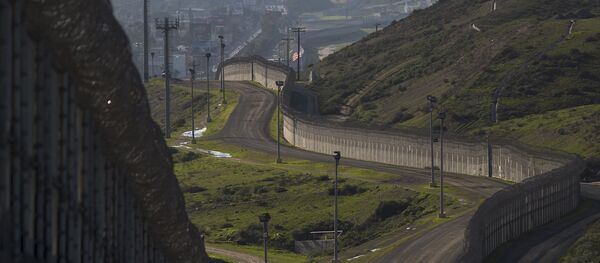In January 2013 Berlin announced that it was planning to store half of Germany's 3,378 tons of gold reserves in its own vaults, with the other half remaining in New York and London. According to the original plan, the German central bank would transfer 300 tons of the precious metal from New York and 374 tons from Paris to a facility in Frankfurt by 2020.
But the bank sped up its schedule, completing the transfer of the rest of the 111 tons of gold from the Federal Reserve in New York in September 2016.
"The transfers were carried out without any disruptions or irregularities," according to Carl-Ludwig Thiele, a member of the Bundesbank executive board.
Thiele added that Trump's presidency was not a factor in the move, and that Bundesbank had a "trusting relationship" with the NY Fed.
During the Cold War, West Germany stashed most of its gold abroad, fearing that it could fall into the hands of the Soviet Union. Another reason was to have assets close to foreign-currency markets in London, Paris, and New York, where gold is traded.
One of the reasons behind the recent return move may be that many other nations, predominantly in East Asia, have made major moves toward a more multi-polar world, not wholly dependent upon US currency.




